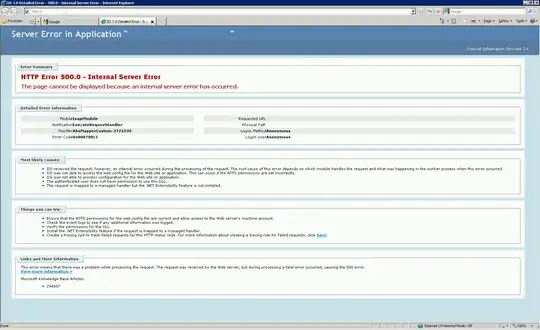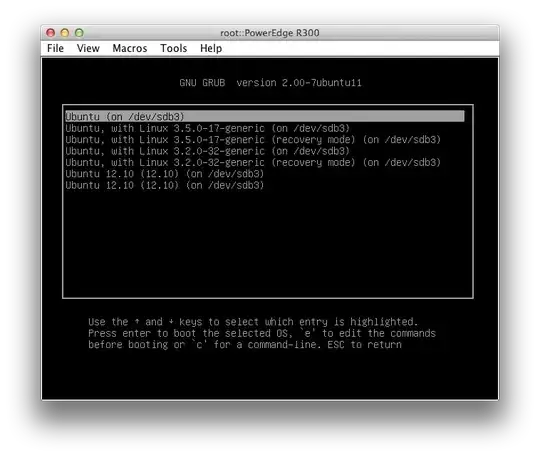I have a Dell R300 machine running Ubuntu 12.10:
$ lsb_release -a
No LSB modules are available.
Distributor ID: Ubuntu
Description: Ubuntu 12.10
Release: 12.10
Codename: quantal
$ uname -a
Linux green 3.2.0-32-generic #51-Ubuntu SMP Wed Sep 26 21:33:09 UTC 2012 x86_64 x86_64 x86_64 GNU/Linux
I have RAID1 set up, with three partitions (/boot, /swap and everything else):
$ cat /proc/mdstat
Personalities : [raid1] [linear] [multipath] [raid0] [raid6] [raid5] [raid4] [raid10]
md2 : active raid1 sda3[0] sdb3[1]
484386304 blocks [2/2] [UU]
md1 : active raid1 sda2[0] sdb2[1]
3903680 blocks [2/2] [UU]
md0 : active raid1 sda1[0] sdb1[1]
96256 blocks [2/2] [UU]
unused devices: <none>
# mount
/dev/md2 on / type ext3 (rw,relatime,errors=remount-ro)
proc on /proc type proc (rw)
sysfs on /sys type sysfs (rw,noexec,nosuid,nodev)
none on /sys/fs/fuse/connections type fusectl (rw)
none on /sys/kernel/debug type debugfs (rw)
none on /sys/kernel/security type securityfs (rw)
udev on /dev type devtmpfs (rw,mode=0755)
devpts on /dev/pts type devpts (rw,noexec,nosuid,gid=5,mode=0620)
tmpfs on /run type tmpfs (rw,noexec,nosuid,size=10%,mode=0755)
none on /run/lock type tmpfs (rw,noexec,nosuid,nodev,size=5242880)
tmpfs on /run/shm type tmpfs (rw,nosuid,nodev)
none on /run/user type tmpfs (rw,noexec,nosuid,nodev,size=104857600,mode=0755)
tmpfs on /run/shm type tmpfs (rw,noexec,nosuid)
/dev/md0 on /boot type ext3 (rw,noatime)
tmpfs on /run/shm type tmpfs (rw,noexec,nosuid)
tmpfs on /run/shm type tmpfs (rw,noexec,nosuid)
My GRUB boot menu has many duplicate entries:

Here's what's inside one of them:

How do I clean up/simplify this?